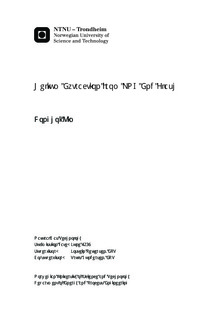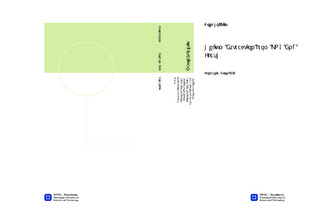| dc.description.abstract | Helium is an invaluable element as it is widely used in industry such as cryo-genics and welding due to its unique properties. However, helium shortage is expected in near future because of increasing demand and the anxiety of sup-ply. Consequently, helium production has attracted the attention of industry. The main source of He is natural gas and extracting it from LNG end-flash is considered as the most promising way of producing crude helium. Thus, many process suppliers have proposed process configurations for this and there are mainly three types of helium extraction process, flashing-based, distillation-based and the integration of flashing and distillation. Therefore, the objective of this thesis is to conduct a comparative evaluation of the proposed helium extraction processes for LNG plants and give a guideline for a proper selection. This evaluation was performed by simulating each process through Aspen HYSYS. The simulation result was then analysed, focusing on various criteria.The result indicates that all the helium extraction process studied could ex-tract most of helium contained in feed gas except the Technip Distillation process. Regarding LNG production, the integration of the Re-boiled Distilla-tion and a LNG process gives the lowest LNG production specific power. In terms of fuel gas, only the APCI Distillation process could generate fuel gas having less than 40 mole% N2, which is upper limit for industrial gas turbines, even with He and thus N2 rich feed gas. Between others, only the Technip Distillation and the ExxonMobil Integration process could produce liquid N2 and the amount was enough to be used for further processing of crude helium. Concerning freezing of impurities such as CO2, the ExxonMobil Integration process displayed an excellent performance, recording the warmest working temperature. When considering complexity, the APCI Distillation process was the simplest one, while the two integration-based processes from Linde and ExxonMobil required a lot of equipment. Finally, economic evaluation showed that all the integrations of each the helium extraction process studied and a LNG plant create more economic value than a LNG plant alone. Nevertheless, the difference was just ca. 1 % with current helium price.The selection of the most suitable helium extraction process for a LNG plant completely depends on the situation as each process possesses its own charac-teristic. Thus, proper technical choices have to be made to achieve a successful helium extraction project. | nb_NO |

